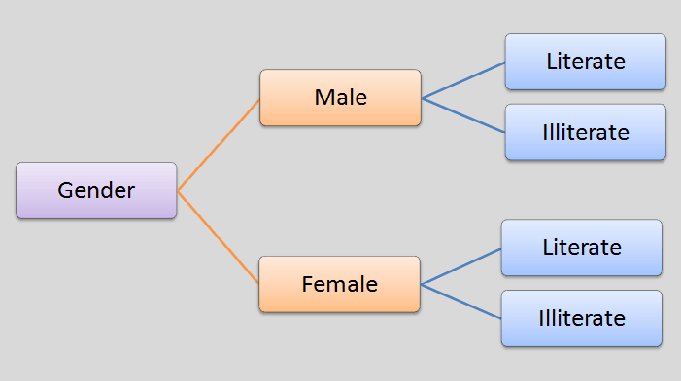
Guidelines for Data Classification
The classes should be distinct and complete. Each observation or unit must be assigned to a distinct class. […]

The classes should be distinct and complete. Each observation or unit must be assigned to a distinct class. […]

You can classify data efficiently and successfully in the following steps. 1. Determine the classification’s objectives: […]

Makes data more understandable by simplifying it. Condenses information. Prioritizes the collected key data while separating the optional elements. […]

It helps in the presentation of data in a concise manner. As a result, data analysis becomes more convenient. […]
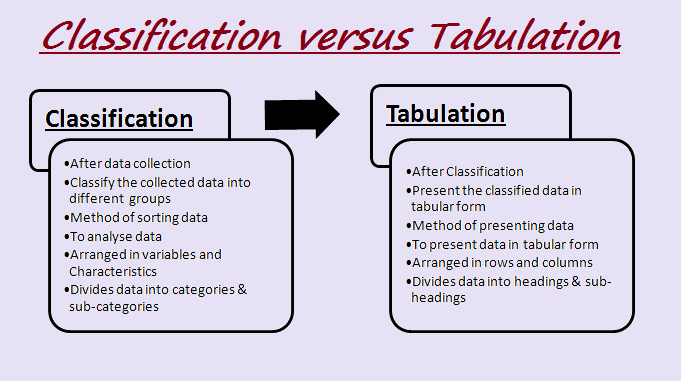
After data collection, the classification process begins, and it is the first step in the tabulation. Only after the classification is completed, the tabulation procedure begin. […]
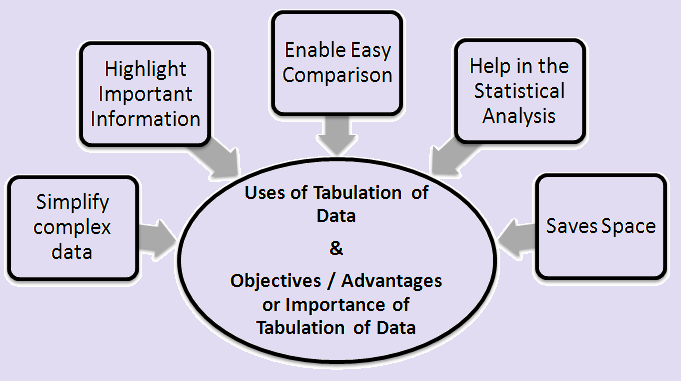
Uses of Tabulation of Data / Objectives & Advantages or Importance of Tabulation of Data Uses of Tabulation of Data: Tabulation, essentially, is a technique for filling the gap between the collection of data and their […]

When the data collected is diverse, classification is required for effective presentation and analysis. […]
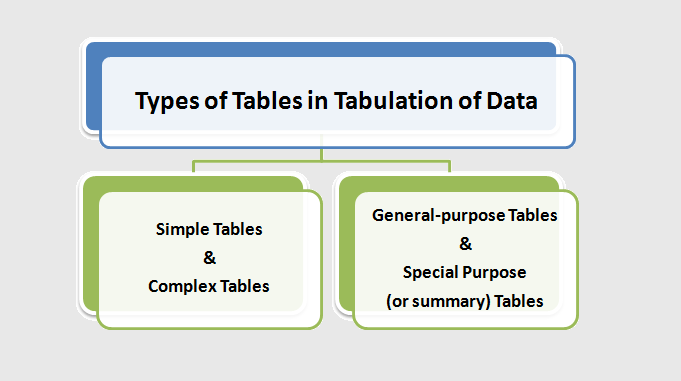
Tables may broadly be classified into categories: Simple and complex tables, General-purpose and special purpose (or summary) tables. […]
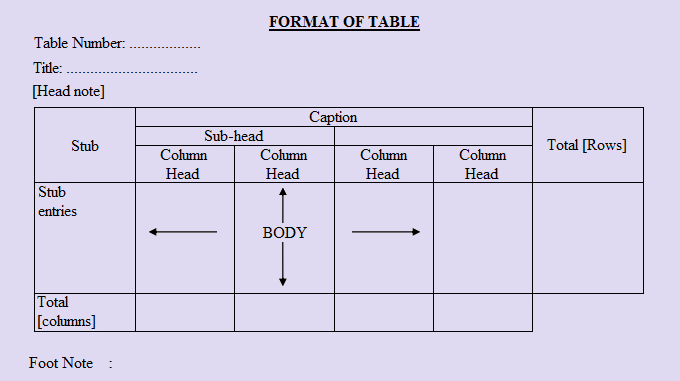
The various parts of a table may change based on the data provided, but a good and decent table must include at least the following parts: […]
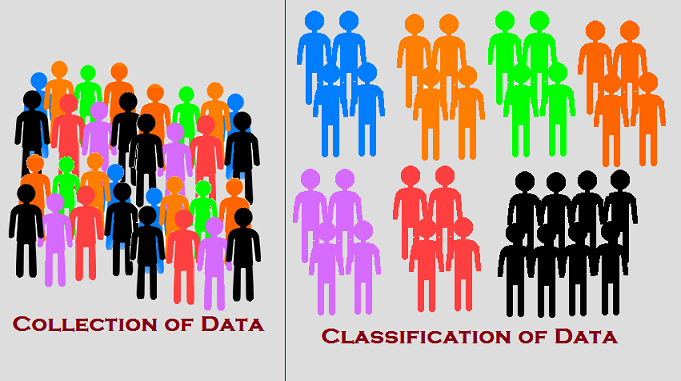
The classes can be more than 15 depending upon the total number of observations in the data and the details required, but they should not be less than 5 because, in this case, the classification may not reveal the essential characteristics. […]
Copyright © 2019 - 2024 Prinsli.com - All rights reserved